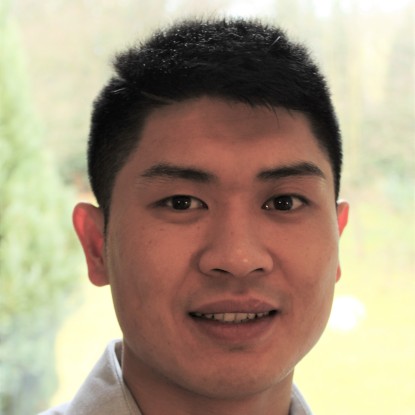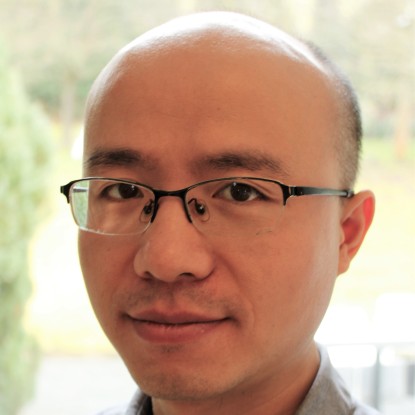Current topics
Motivation
There is a high demand to develop Dy/Tb-free magnets with high coercivity, which, in turn is significantly influenced by the magnets' microstructure. Our studies are devoted to the understanding, control, and optimization of microstructures for enhancing the coercivity
Methodology
- Theoretical: ab initio-informed atomistic spin models, micromagnetism, phase-field modeling
- Numerical: Finite Element and Finite Difference calculations
Motivation
Nowadays, “green engineering and production” is a key topic in industrial research. Paper materials offer great potential in mechanical properties along with their renewability and sustainability. In this research project, we study the mechanical property of the materials at micro-scale for application e.g. micro-fluid devices. Combined with well established FE-methods, novel machine-learning techniques are used in order to build up a expression link between fibernetwork characteristics and interfiber characteristics and to extract relevant information for their dependency and aim to make a design strategy for best paper materials.
Methodology
- CT scans for realistic 3D micro-structures as a basis for simulation meshes
- Finite Element simulations
- Machine Learning
Motivation
There is a strong coupling of mechanical effects and damaging to the electrochemical behavior of Li-ion battery cells. The mechanical effects thereby act primarily at the microscale but make themselves noticeable on the macroscale cell behavior
Methodology
- Theoretical: Multiscale modeling, Phase-field modeling, Electro-chemo-mechanical coupling
- Numerical: Finite element method
Multiscale simulation of additive manufacturing
Motivation
Additive manufacturing (AM), a.k.a.3D printing, is challenging the dominance of conventional manufacturing with high complexity and low material waste. However, the underlying phenomena are sophisticated and interactive. Multiscale simulation of the AM process allows the direct linkage between the process parameters and the resultant morphologies. This can complement the current time and cost expensive trial-and-error principle with an efficient computational design tool.
Methodology
- Theoretical: Multiscale modeling, Phase-field modeling, Multiphysics coupling
- Numerical: Finite element method, Discrete element method
Motivation
A material's microstructure can have an appreciable impact on its effective thermoelastic and/or electric properties. For the optimization of said properties, effective methods for microstructure generation and simulation are necessary
Methodology
- Procedural mesh generation for different material microstructures
- Finite-Element-based computational homogenization
Projects
Continuum modeling of dislocations and their impact on diffusion
Dislocations are nanoscale defects in a material's atomic lattice; despite their small size, the can have an appreciable impact on macroscale material behavior such as ductility or phenomena such as kinematic hardening. Due to the dislocation core structure being different that the surrounding material, they can further constitute paths of higher diffusivity. We are hence concerned with modeling their impact on a material's effective diffusivity, taking into account electric fields and stress-drift effects.
Effective thermoelastic properties of nanoporous metals
Nanoporous metals have gained wide interest as electrochemical actuator. These structures result from removing from a binary alloy one of the components, leaving a structure of randomly oriented ligaements of irregular diameter. These materials show a very high surface-to-volume ratio; heir properties depend on the ligaments' sizes and are affected by surface stresses. We are therefore interested in modeling these structures and to determine their properties as a function of their microstructure.
Effective mechanical properties of additively manufactured materials
Powder bed fusion (PBF) is a family of the common techniques that actualize the AM fabrication in a fashion of sequentially layer-by-layer powder spreading and subsequent binding driven by beam scans. However, it suffers from the trial-and-error during practical application, which is time-and-resource-consuming. To this end, transferable fundamental insights into the process–microstructure–property relationships indubitably play a crucial role in successful manufacturing. This work focus on simulation of the multilayer PBF process and estimate the effective mechanical properties of microstructures. The effects of the PBF process parameters on the residual stress as well as the effective mechanical properties will be investigated.














